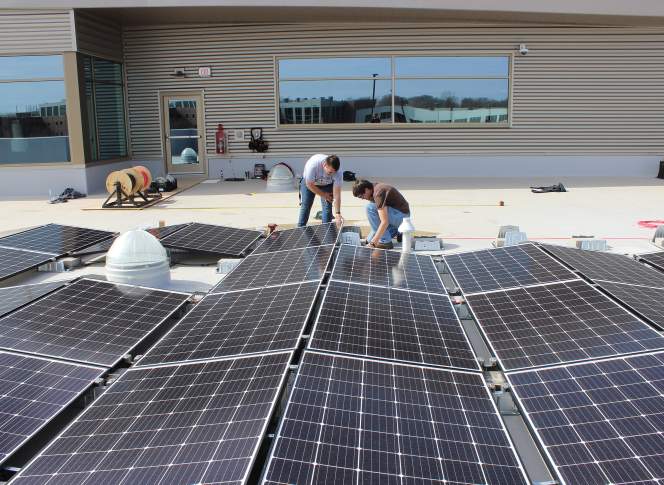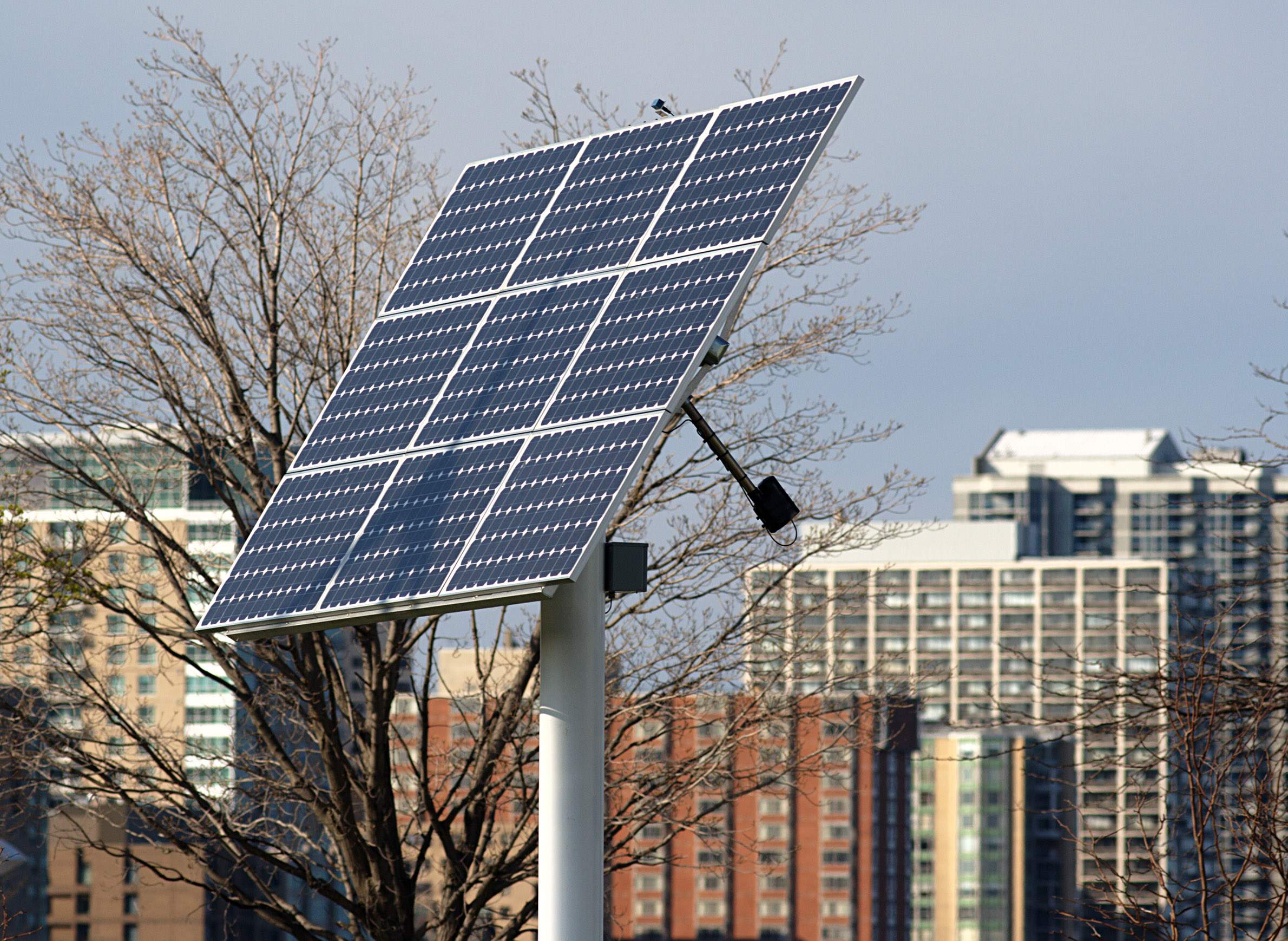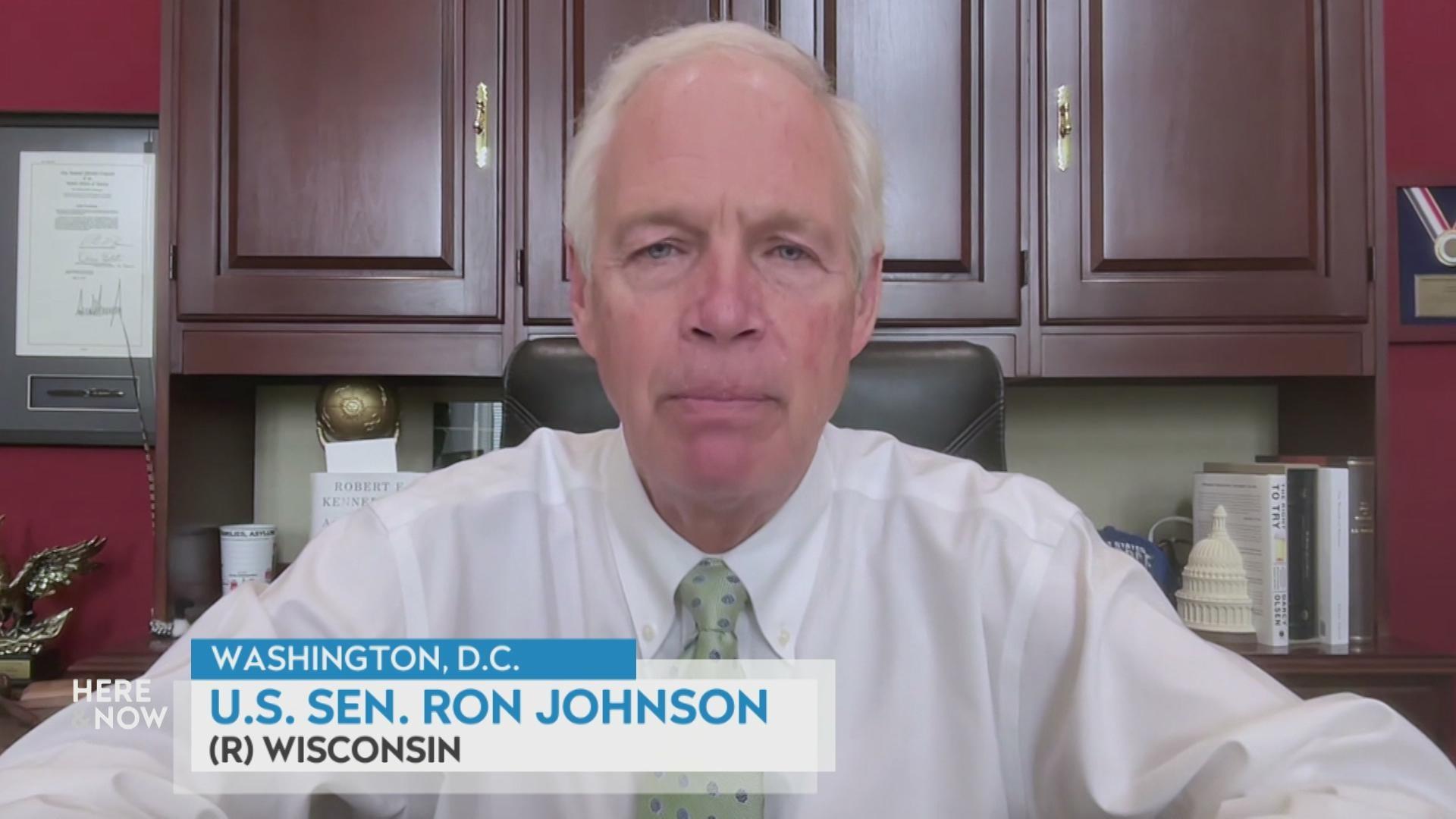The Circuitous Path Toward Affordable Solar Energy
Solar energy is cheaper, more efficient and more widely available than ever, but its viability was never assured. Technologies that enable the conversion of sunlight into usable electricity are the products of an uncoordinated, decades-long series of events that followed a circuitous and halting path
By Will Cushman
January 17, 2020

Students install solar panels at Northeast Wisconsin Technical College in Green Bay

Solar energy is cheaper, more efficient and more widely available than ever, but its viability was never assured. Technologies that enable the conversion of sunlight into usable electricity are the products of an uncoordinated, decades-long series of events that followed a circuitous and halting path.
But just because the path toward affordable solar energy was less than optimal does not mean understanding how it unfolded is a waste of time. On the contrary, examining that process could help speed development of other low- or non-carbon energy technologies, an urgent task as the world attempts to wean itself off carbon-rich fossil fuel energy — a primary engine of climate change.
That dynamic is a research focus of Gregory Nemet, a professor of public policy at the University of Wisconsin-Madison’s La Follette School of Public Affairs. Nemet has devoted years of research to this goal of unraveling the story of solar energy development, a story he tells in the 2019 book How Solar Became Cheap: A Model for Low-Carbon Innovation. Nemet shared highlights from this research during a Sept. 11, 2019 talk for the Wednesday Nite @ the Lab series on the UW-Madison campus, recorded for PBS Wisconsin’s University Place.
Nemet said a massive and rapid shift in global energy consumption to low-carbon sources like solar is essential if efforts to mitigate the depth of climate change are to have any chance at succeeding. Such a transition would need to happen much more quickly than prior energy transitions, such as from wood to coal or coal to oil.
“Those [transitions] happened over a decadal scale, and we don’t have that much time,” Nemet said. “So that’s a sobering reality.”
Compounding that reality is the long-term presence of carbon dioxide emissions in the atmosphere — much will be absorbed into the oceans and forests within decades, but some will remain in the atmosphere for thousands of years.
“If you have this slowly changing energy system and this inertia in the climate system, that to me doesn’t convey that all of this is just going to take time,” Nemet said. “It conveys we need to do a lot quickly.”
Nemet acknowledged the magnitude of such a challenge but said understanding key events in the development of affordable solar could help. He traced the history of solar electricity through the scientific breakthroughs, geopolitical events and public policies that enabled its growth.

Early solar-derived electricity in the mid-20th century was expensive and only practical in niche markets, Nemet said, such as the space industry. It took a threat to the United States’ energy supply in the 1970s in the form of an oil embargo for research into solar energy to really take off, he added, with the U.S. investing $2 billion between 1975-85. The Japanese government, prompted by a similar desire to reduce its dependence on foreign oil markets it did not control, also invested in solar research and development over the same time.
During the 1990s and 2000s, a series of public policies in California, Germany and Japan subsidized renewable energy technologies and led to significant growth in small-scale solar energy generation. Then China created its own public price support policies, creating vast new markets for solar energy that entrepreneurs tapped into, many with huge success. From there, private companies and public research in the U.S., Europe and Asia have steadily improved the manufacturing process and efficiency of solar panels.
In 2020, solar panel technology has become cheap enough that large-scale solar projects are being proposed and built with increasing frequency, including in Wisconsin. But, Nemet said, with growth comes a new challenge: integrating solar-derived electricity into the larger electrical grid.
“We haven’t had to deal with those problems until we’ve gotten to this stage,” Nemet said. Still, the market supports and technical progress that allowed solar to become more affordable means tackling the challenge presented by integrating solar into the wider electrical system is more feasible, he added.
In the end, Nemet said other technologies that support a low-carbon energy future — like large-scale battery technology — would likely benefit from similar public policies as those that created markets for solar. They’d also benefit from low barriers to integrating into current electrical and transportation systems.
“That’s why a lot of technologies [have] a hard time taking off,” he said. “They have to confront so many challenges right away: the market challenges, the technical challenges and the system integration challenges.”
Key facts
- Albert Einstein first theorized about deriving electricity from sunlight in what became known as the law of the photoelectric effect. Einstein was awarded the 1921 Nobel Prize in Physics for this work.
- Scientists at Bell Labs in New Jersey invented the first working transistor in 1947. The semiconductor-based technology has become a fundamental part of many modern electronics, including solar panels.
- In the mid-1970s, oil-rich Arab nations cut oil supplies to multiple nations, causing shortages and prices to surge. The embargo led the U.S. and Japan to invest millions of dollars into research on alternative energy sources, including solar.
- In the 1990s and early 2000s, the government of Japan subsidized rooftop solar panel installation for private households. The program demonstrated wide public support for solar energy, with about 200,000 households participating before its end in 2005.
- Also in the early 2000s, the government of Germany spent about $200 billion on price supports for solar-derived energy in an effort to build a competitive market for the sector.
- Public policies in China led to massive growth and competition among solar panel manufacturers in the 2010s, as solar panels became cheaper to manufacture and more efficient.
Key quotes
- On the benefits of studying the development of energy technologies: “My idea is that we can make better choices about novel technologies that we’ll need to deal with climate change if we can understand some of the previous technologies and how they’ve developed, and especially those that have been successful.”
- On the competing priorities of consumers and policymakers regarding energy: “I think anyone would agree that in the future we want an energy system … where the energy is cheap, clean and reliable. Where we disagree is, in the meantime, which [priority] is most important.”
- On a “niche market” that helped drive demand for innovation in solar energy: “There were places where people were willing to pay that much [10 times the typical rate] for solar electricity. And it was the space program in the U.S. in the ’50s and ’60s and ’70s where the value of having solar there was really high, because it was hard to find other ways to have electricity out in space.”
- On Germany’s price support program for solar electricity: “This was Germany’s gift to the world … really, what it was, was this gift of scale … to get the cost down.”
- On a key development in China that brought the price of solar down: “For a long time, there were these large conglomerates that dominated solar manufacturing, and there [were] only maybe three or four of them. But, when China took off, there [were] many of them. Every province [wanted] to subsidize its own producer of solar, and so you’ve got many producers there. And so they’re very competitive with each other … and so the margins come way down and the prices come way down.”
 Passport
Passport














Follow Us